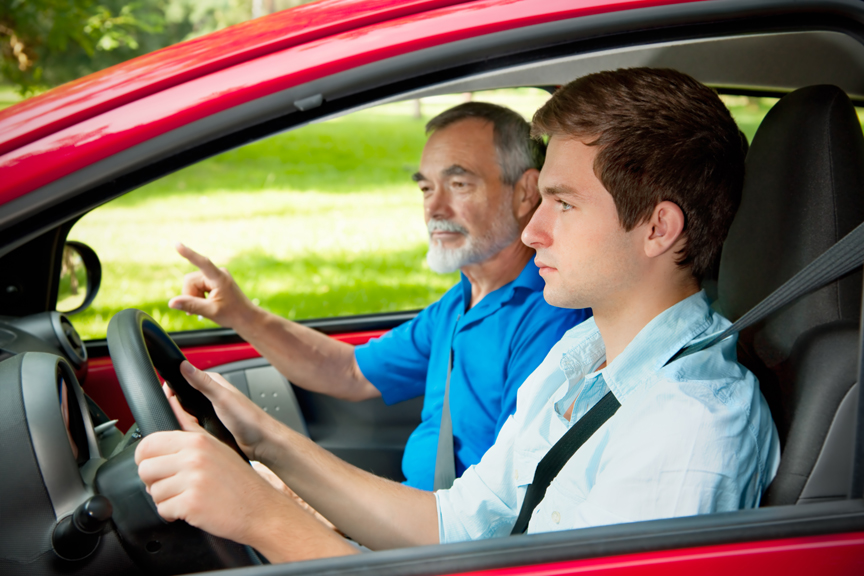- Parenting
- Safety
Immaturity and inexperience put your teen driver at risk

Letting your child take off for the first time is scary, whether it’s the first bike ride, the first week of school, or the first date. Seeing them drive off behind the wheel the first time is just as tough with older teens, particularly the 16- to 19-year-olds.
The U.S. Centers for Disease Control and Prevention labels that group of young drivers and passengers as the most at-risk of motor vehicle accidents. Even just one more year of maturity makes a big difference, the CDC says.
“Per mile driven, teen drivers ages 16 to 19 are nearly three times more likely than drivers aged 20 and older to be in a fatal crash,” the agency reports.
What makes these years so risky? See the CDC's explanations below.
POINTS TO REINFORCE WITH YOUR TEENS:
- The full adult maturity just isn’t there yet. Teens are more likely to underestimate danger and hazards, and they are more likely than adults to make decisions that lead to serious crashes.
- Speeding and following too closely are more common. Peer pressure can be a factor, because the presence of male teenage passengers increases the likelihood of these driving patterns, CDC has found.
- Timing matters. In recent years, half of teen deaths from motor vehicle crashes occurred between 3 p.m. and midnight. And weekends are risky too: 53 percent of the teen fatalities happened Fridays, Saturdays or Sundays.
- Seat belt use for passengers, especially in crowded back seats, is lower. In recent years, barely 60 percent of high school students said they always wear seat belts when riding with somebody else.
- And then there’s drinking, even a little bit. At any level of blood alcohol, the risk of a crash is greater for teens than for older drivers. “Just a sip” is too much.
- Combinations of factors compound the risk. For male drivers ages 15 to 20, 36 percent of those involved in fatal crashes in recent years were speeding, and 24 percent had been drinking.
- Even riskier, 64 percent of driver fatalities ages 15 to 20 were driving, drinking and not wearing a seat belt.
- Finally, some teens just want to be part of the crowd. A recent national survey found 20 percent of teens reported they rode in the previous month with a driver who had been drinking alcohol. And 8 percent of drivers said they drove after drinking in the past month.
However, there is good news for Palm Beach County parents! Fewer teens have reported drinking than at any point in recent years, says Jeff Kadel, executive director of the Palm Beach County Behavioral Health Coalition.
“In fact, 80 percent of Palm Beach County teens reported not drinking in the latest survey,” he says.
Talking frequently with your teen about driving and passenger safety is vital to help you keep your teen focused. So is leading by example, especially not drinking yourself or using a smartphone or other devices while driving. Routine practice with your teen under different conditions on less-traveled roads, such as nighttime or rain, is helpful too.
The CDC also recommends this Parent-Teen Driver Agreement, which you can download.
This agreement is a good way to make your expectations clear on when and where they drive, who and how many others can be in the car, and doing their part to pay for gas and maintenance. Most important, you can also agree beforehand on your own penalties for any “violations” to the agreement. Keep it on the fridge and update it as they gain experience – and you grow more confident in their judgment.
SOURCES:
- The U.S. Centers for Disease Control and Prevention, "Teen Drivers: Get the Facts"
- Jeff Kadel, executive director, Palm Beach County Behavioral Health Coalition
